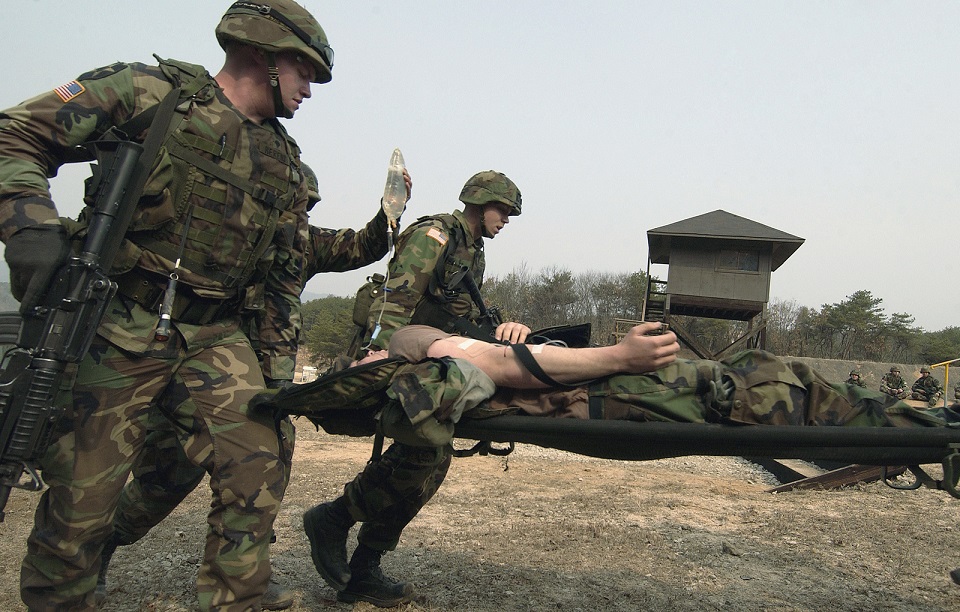
This post is also available in:
 עברית (Hebrew)
עברית (Hebrew)
As the US Army prepares for future war, resupplying isolated units on the battlefield with medical necessities such as blood and IV solution will be a constant challenge. A portable device that medics can use to transform even “ditch water” into intravenous fluid will become a life-saving battlefield necessity for treating wounded soldiers.
The Army Medical Materiel Development Activity has been working for the past two years with TDA Research to create a working prototype of what it calls the Lactated Ringer’s Solution Generator, providing the fluid you may receive if you’re dehydrated, having surgery, or receiving IV medications. The briefcase-sized lightweight device can transform any groundwater source in austere terrain into a one-liter bag of the solution in roughly six minutes.
The company has received just over $1 million in research funding from the Defense Health Agency’s Small Business Innovation Research program to design and build the device.
Austin Langdon, a former Army flight medic, who serves as the assistant product manager on the effort, said: “This unit can make LR solution from practically any water source, including ditch water,” Langdon said in the release. “Without question, this small device will dramatically reduce the Army’s logistical footprint of having to ship and store lactated Ringer’s solution, which is the fluid of choice for resuscitation if blood is not available on the battlefield.”
The LR generator runs on a rechargeable lithium-ion cell that can produce more than 30 bags of LR solution from a single charge.
The next step is looking for some funding from a program office to make large numbers of prototypes and get FDA approval, according to military.com.

























